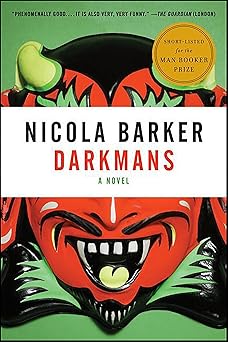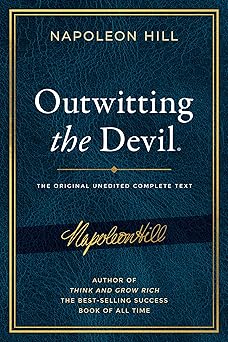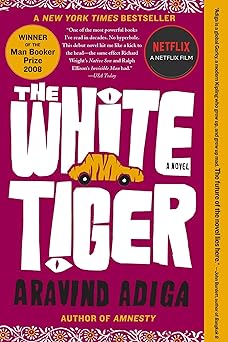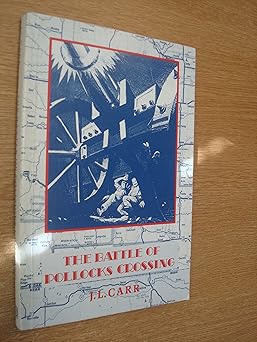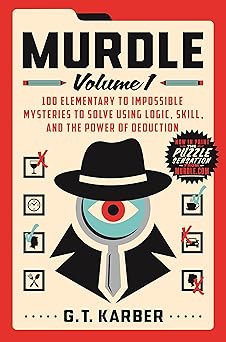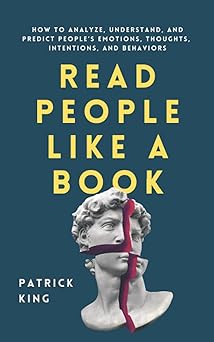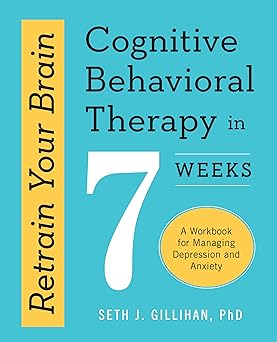
This is a guide to help you feel better when you are feeling down or worried. It uses a type of therapy called cognitive behavioral therapy, or CBT. CBT is a way of understanding how your thoughts, feelings, and actions are all connected. When you feel anxious or depressed, it’s easy to get stuck in a cycle of negative thinking. This guide offers a step-by-step plan, broken down into seven weeks, to help you break free from that cycle. It’s not about pretending to be happy or ignoring your problems. It’s about learning to see things differently and finding ways to manage difficult feelings. I remember a woman in one of my groups who felt overwhelmed by worry about her family’s health. She felt like she had to control everything, and the more she tried, the more anxious she became. This guide offers tools that can help you learn to let go of some of that control and find a sense of peace, even when things are uncertain. The goal isn’t to eliminate worry completely, but to learn how to handle it in a way that doesn’t take over your life. The book emphasizes that small changes, done consistently over time, can make a big difference in how you feel.
The 7-week plan is designed to build on itself. Each week introduces new ideas and exercises, and each week's work prepares you for the next. You'll learn practical techniques to identify and change negative thought patterns. This means learning to recognize when your thoughts are unhelpful or based on assumptions, and then finding more balanced and realistic ways of thinking. It's like learning a new skill; it takes practice and patience. You’re encouraged to set goals, even small ones, and to face challenges that make you uncomfortable. The book provides real-life examples to help you understand how to apply these techniques to your own experiences. One of the things I’ve found is that people often feel intimidated by therapy, thinking it’s something only for "serious" problems. This guide is designed to be accessible to everyone, regardless of their background or experience. It's a way to take control of your mental health and learn skills that will benefit you for a lifetime. It emphasizes that you don’t have to feel better overnight, and that progress often comes in small steps. It provides tools for managing tasks and facing fears, allowing you to build confidence and resilience.
Whether you struggle with anxiety or depression every day, or just sometimes, this guide can be a helpful resource. It’s designed to be used at your own pace, so you can focus on the areas where you need the most support. The exercises are practical and straightforward, and the language is clear and easy to understand. It's a reminder that you’re not alone in your struggles, and that there are tools and techniques available to help you feel better. It's about learning to be kinder to yourself, recognizing your strengths, and developing a more positive outlook on life. I’ve seen countless individuals transform their lives by using these principles, and I believe this guide can offer a similar path to healing and well-being. It’s an investment in yourself, a chance to learn new skills, and a pathway to a happier and more fulfilling life.
Sometimes, it feels like our worries and sadness just take over. They build up, like a storm cloud that won't go away, making everything feel heavy and difficult. I’m sure many of you know that feeling. I remember a time when I was working with a group of people who felt completely trapped by their anxieties. One woman, a mother of three, felt responsible for every single thing that happened to her family. She worried constantly, feeling like she needed to control everything, and the more she tried, the more stressed she became. It was so clear that she was drowning in a sea of responsibility. This journey offers a gentle, step-by-step way to navigate those difficult feelings, a way to understand how our thoughts and feelings are connected, and how we can start to break free from those cycles of negativity. It isn’t about pretending everything is perfect or ignoring problems; it’s about learning to see things with a bit more clarity, finding ways to manage those tough feelings, and understanding that it’s okay to not feel okay all the time. It’s a reminder that you’re not alone, and there are tools that can help you regain a sense of calm and control, even when things feel overwhelming. It's about learning to let go of some of that pressure and find moments of peace, even amidst uncertainty. The core message is simple: small changes, consistently applied, can lead to big improvements in how you feel.
The plan is built to be manageable. Each week builds on the last, introducing new ideas and practices that prepare you for what comes next. You’re going to learn practical ways to identify and change the patterns of thoughts that hold you back. This means becoming aware of when your thoughts are unhelpful or based on assumptions, and then learning to replace them with more realistic and balanced ways of thinking. It's like learning to play an instrument or mastering a new sport - it takes effort, practice, and patience. You’re encouraged to set goals, even if they seem small at first, and to gently push yourself to face situations that make you feel uncomfortable. The guide uses real-life examples to help you understand how to apply these techniques to your own experiences, making them feel less abstract and more relatable. Often, people feel intimidated by the idea of seeking help, thinking it’s only for major problems. But this approach is designed to be accessible to everyone, regardless of their background or how much experience they have. It’s a chance to take charge of your mental health and learn skills that will serve you well throughout your life. Remember, feeling better doesn't happen overnight – it's a process of gradual progress.
Whether you find yourself struggling with anxiety or sadness regularly, or just occasionally, this can be a helpful companion. You’re in control of the pace – you can focus on the areas that need the most attention. The steps are simple and straightforward, and the language is easy to understand. It’s a reassuring reminder that you’re not facing this alone, and there are tools and strategies to help you feel better. It's about learning to treat yourself with kindness, recognizing your strengths, and developing a more positive outlook. I've seen so many people transform their lives by using these principles, and I genuinely believe this resource can offer a similar path to healing and a greater sense of well-being. Consider it an investment in yourself, a chance to learn valuable skills, and a pathway toward a happier and more fulfilling life.
Rating: 5.0 / 5.0
This guide feels like a warm hug when you’re feeling down. It offers a gentle way to understand why we sometimes feel worried or sad, and shows you how your thoughts and feelings are connected. It’s not about pretending to be happy, but about learning ways to manage those tough feelings and build a little more peace in your life. It's broken down into steps that feel doable, like learning a new skill—it takes time and effort, but each step builds on the last. The language is easy to understand, and the ideas feel practical and relatable. It’s a reminder that you’re not alone in feeling overwhelmed, and that taking care of your mental health is a worthwhile investment in yourself. It’s about finding kindness towards yourself, recognizing your strength, and moving toward a more hopeful outlook.
